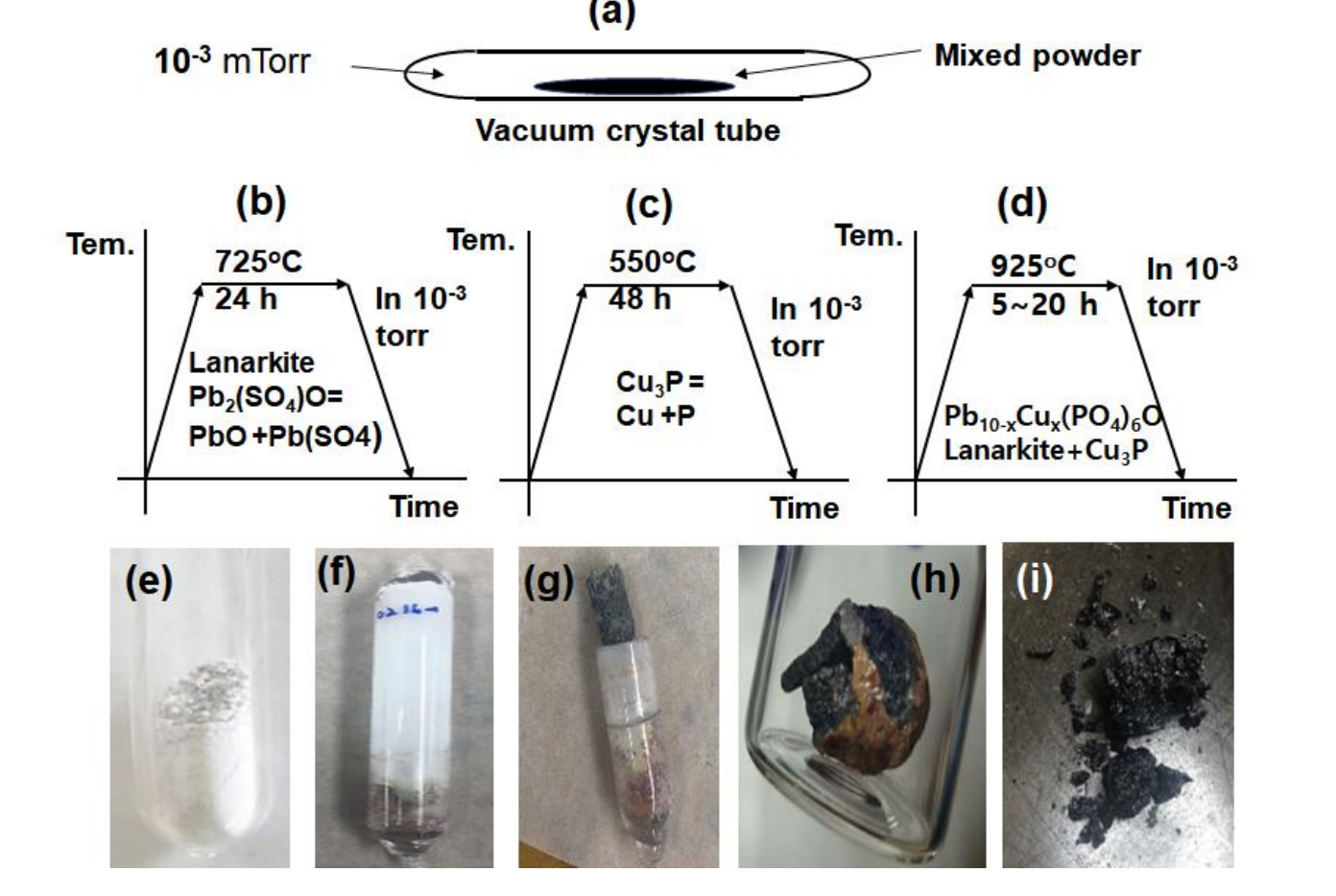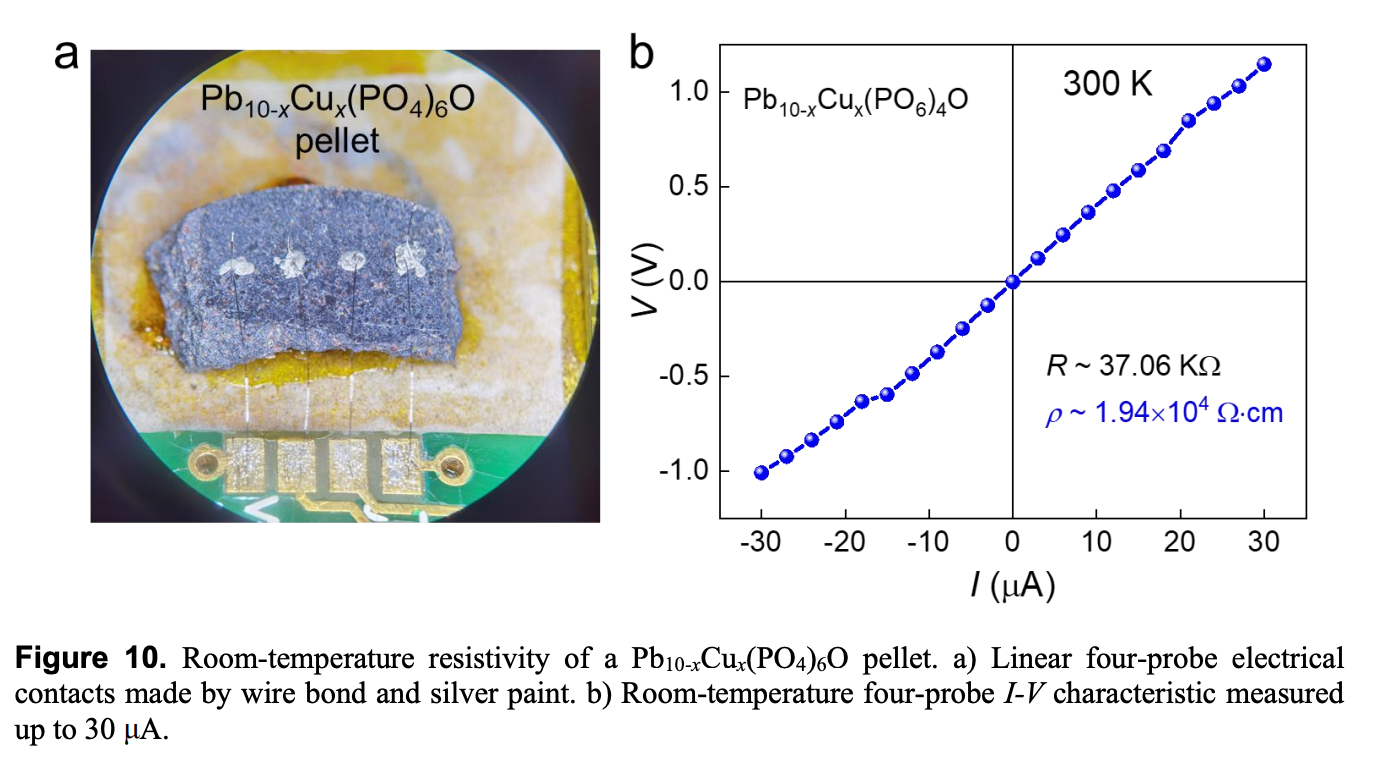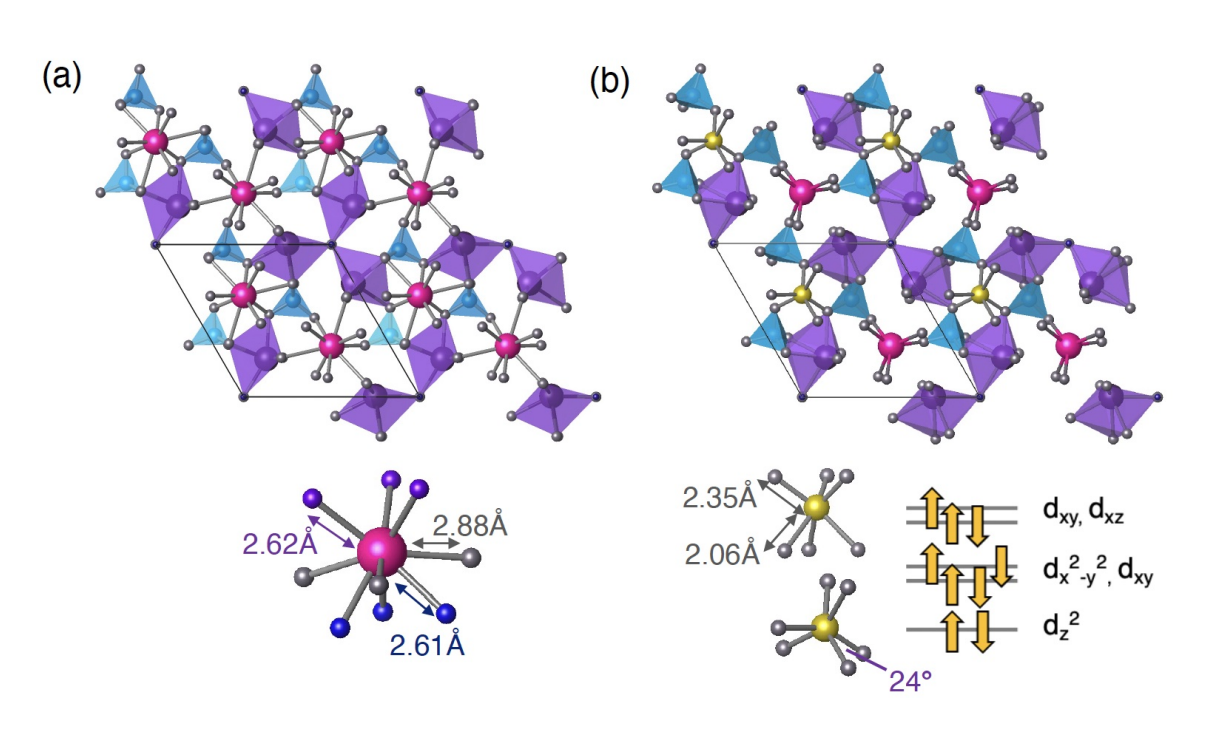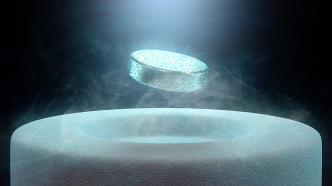

In a repeated experiment, newly synthesized LK-99 was placed on a permanent magnet, but no repulsive force was detected and no magnetic levitation was observed.
The results of the first batch of repeated experiments on the "magic" material LK-99 have been announced one after another.
This is a copper-doped lead apatite material that has been declared to have room-temperature superconductivity by the Korean scientific research team and others.
About a week after the first two papers on LK-99 were made public on the preprint website on the morning of July 22, at least three new papers related to LK-99 are now available on the preprint website arXiv.
Two of them are from China, completed by researchers from the School of Materials Science and Engineering of Beihang University and the Shenyang National Research Center for Materials Science, Institute of Metal Research, Chinese Academy of Sciences; Completed by Sinéad M. Griffin.
The theoretical model of LK-99 is correct, but it is difficult to prepare a successful sample and has not been successfully reproduced?
On August 1, the corresponding authors of the above-mentioned paper on LK-99, researchers Sun Yan and Liu Peitao of the Institute of Metal Research, Chinese Academy of Sciences, told The Paper that they mainly carried out theoretical calculations. From the calculation results, LK-99 has The possibility of room temperature superconductivity; From the perspective of energy bands, some explanations are given, "but not confirmed (but this is not confirmed)".
Sun Yan also said, "There is still a gap (division) between theory and experiment." To really enter the superconducting state under normal pressure conditions still needs to be tested in actual experiments.
In the aforementioned paper, Sinead M. Griffin stated that through density functional theory calculations, it was found that the LK-99 model has the common characteristics of high transition temperatures in the superconductor family.
The research team of the School of Materials Science and Engineering, Beihang University, tested the synthesized LK-99 and found that its room temperature resistance is not zero, and it has not been observed to undergo magnetic levitation. According to the paper, the above-mentioned materials exhibit behavioral characteristics similar to semiconductors, rather than superconductors.
In addition to the above papers, some netizens published experimental data and videos saying that LK-99 synthesized in repeated experiments showed certain diamagnetism, but no superconducting phenomenon or superconducting magnetic levitation phenomenon was observed.

The experimental steps and final samples of LK-99 synthesized by the related research team of Korea Quantum Energy Research Center Corporation.
Beihang paper: No superconductivity found in LK-99
According to previous reports by The Paper, on the morning of July 22, the relevant research team of Korea Quantum Energy Research Center submitted two similar papers on the preprint website, claiming that a copper-doped lead apatite named LK-99 The material has "room temperature + normal pressure" superconducting ability, and is the world's first room temperature and normal pressure superconducting material. However, its currently published experimental data is considered insufficient to prove the LK-99 series superconductor, and thus has been questioned. Subsequently, many international research teams attempted to synthesize LK-99 to verify their experimental results.

In a repeat experiment, the room temperature resistance of LK-99 was determined.
At 16:13 on July 31, the team of Professor Liu Zhiqi from the School of Materials Science and Engineering, Beihang University submitted a paper titled "Semiconductor in Pb10-xCux(PO4)6O sintered from Pb2SO5 and Cu3P" on the preprint website arXiv Transmission" (Semiconducting transport in Pb10-xCux(PO4)6O sintered from Pb2SO5 and Cu3P ) paper. The paper stated that they synthesized LK-99 according to the method published by the Korean team, but did not find it to be superconducting.
Another corresponding author of the paper is Peixin Qin.
The paper stated that although the LK-99 they synthesized was consistent with the structural data of LK-99 previously reported by the Korean team, they did not detect its superconductivity. Instead, they found semiconductor-like properties; The resistivity is about 1.94×10^4Ω/cm.
In addition, the research team pointed out in the paper that when they placed the compressed LK-99 particles on top of the magnet at room temperature, no repulsion was observed and no magnetic levitation was observed. "These results suggest that claims for the existence of room-temperature superconductors in modified lead apatite may need to be re-examined more carefully, especially with regard to electrical transport properties."
Paper from the Institute of Metal Research, Chinese Academy of Sciences: Copper doping induces insulator-to-metal transition
At 18:04 on July 29, Liu Peitao, a researcher at the Institute of Metal Research, Chinese Academy of Sciences, submitted a paper titled "A first-principle study on the electronic structure of Pb10-xCux(PO4)6O (x=0, 1)" on the preprint website arXiv "(First-principles study on the electronic structure of Pb10−xCux(PO4)6O (x=0, 1) ) paper.

Top view (a) and side view (b) of the crystal structure of LK-99.
In order to elucidate the copper doping effect, the research team used first-principles calculations to study the electronic structures of LK-99 and its parent compound, "Our results show that the parent compound Pb10(PO4)6O is an insulator, while The doping of copper will cause an insulator-metal transition, which will cause volume shrinkage." "The band structure of LK-99 near the Fermi level is characterized by a half-filled flat band and a fully occupied flat band. These two flat bands are both from the 2p orbitals of the 1/4 occupied oxygen atoms, and also from the hybridization of the 3d orbitals of Cu with the 2p orbitals of its nearest neighbor oxygen atoms."
It is worth noting that the research team observed four Van Hove singularities on the above two flat bands, "this indicates the instability of electron pair structure distortion at low temperature."
The researchers found that, among the doping elements considered, gold exhibited a more similar doping effect to copper than silver. "Our work lays the groundwork for future studies of the role of LK-99's unique electronic structure in superconductivity."
Lawrence Berkeley National Laboratory paper: Theoretically has the characteristics of superconducting high transition temperature
At 17:58 on July 31, Sinead M. Griffin, a researcher at the Lawrence Berkeley National Laboratory (LBNL), submitted a paper titled "Related isolated flattened "Origin of correlated isolated flat bands in copper-substituted lead phosphate apatite" paper.
In the paper, Sinead M. Griffin stated that a recent report on room-temperature superconductivity of LK-99 at atmospheric pressure has stimulated people's understanding of which materials and mechanisms can achieve high-temperature superconductivity. interest. She performed density functional theory calculations on the copper-doped lead apatite material LK-99, identifying its isolated flat bands correlated at the Fermi level, "a common feature of high transition temperatures among established superconductor families .”

(a) Pbapatite structure. (b) Copper-substituted structure. The latest preprint paper from Lawrence Berkeley National Laboratory (LBNL) researcher Sinead M. Griffin.
She believes that these isolated bands originate from structural distortions caused by copper ions and chiral charge density waves of lead lone pairs. "These results suggest that a minimal two-band model can cover most of the low-energy physics in this system."
In other words, she believes that the calculation results show that LK-99 may have superconducting properties. If the copper ions are placed in the right place to replace the lead ions, the related compounds can display many of the key features of high-temperature superconductors, the paper says. However, when obtaining bulk superconducting samples, it is challenging to complete the above-mentioned substitution of copper ions. "Nevertheless, given these tantalizing theoretical features and experimental reports of possible high-temperature superconductivity, I hope that the discovery of this new class of materials will spur further research on doped apatite minerals."
Attached paper link:
1. Korean paper 1: https://arxiv.org/abs/2307.12008
2. Korean paper 2: https://arxiv.org/abs/2307.12037
3. Papers of Beihang University: https://arxiv.org/abs/2307.16802
4. Papers from the Institute of Metal Research, Chinese Academy of Sciences: https://arxiv.org/abs/2307.16040
5. Lawrence Berkeley National Laboratory paper: https://arxiv.org/abs/2307.16892


